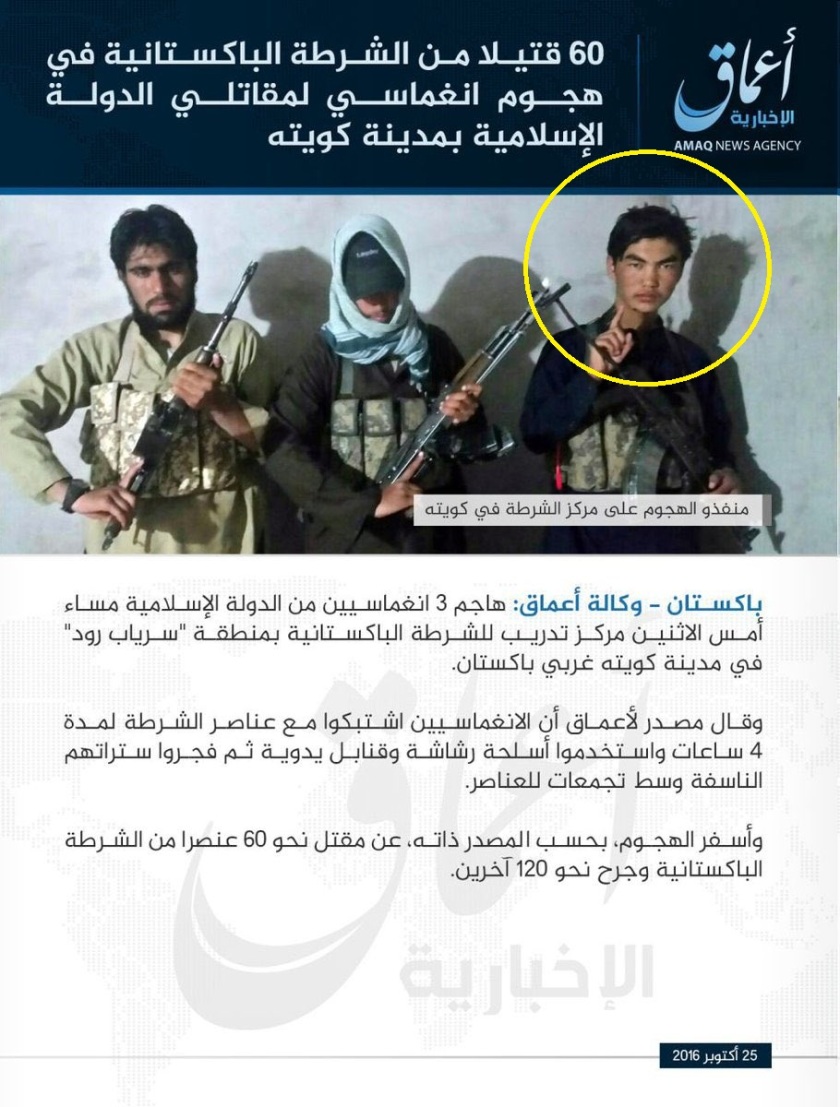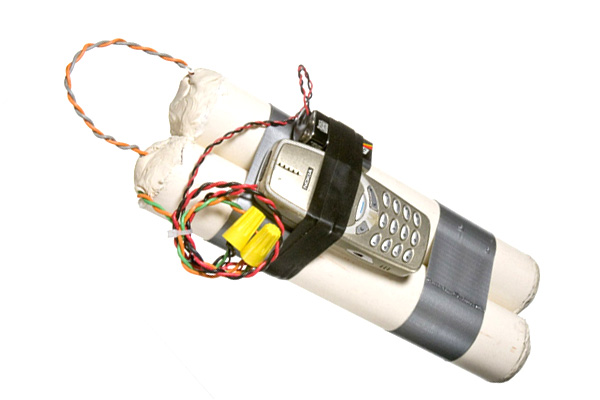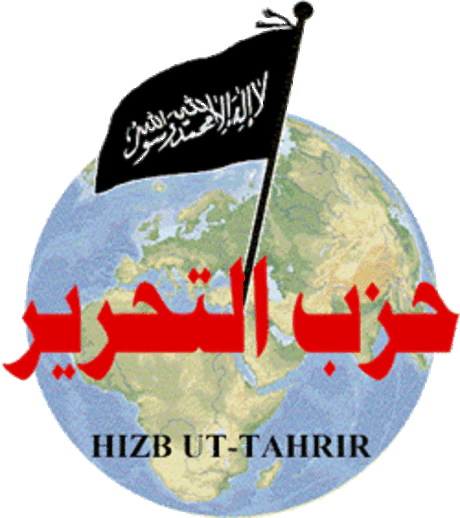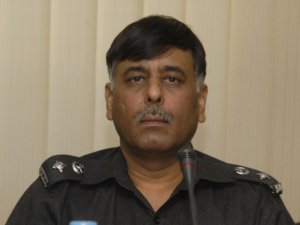
Naimat Khan
KARACHI: Counter-terrorism experts have rejected Lashkar-e-Jhangvi (LeJ) Al-Almi’s claim of carrying out the Quetta police training academy attack, saying the banned outfit’s assertion meant for a mere re-branding.
The claim by Al-Almi, an offshoot of the LeJ – a Sunni sectarian outfit with its origins in Punjab – has not been established so far, says Raja Umar Khattab, a senior counter-terrorism official in Karachi, revealing that the claim by Afghanistan-based IS-Khurasan could be substantiated through evidences the outfit has provided with its claim on Tuesday. “Both organisations are, however, being operated from Afghanistan currently.”
Over 60 police cadets were killed when three heavily-armed militants wearing suicide vests stormed the police training centre on the outskirt of the capital city of Balochistan on October 24.
Interestingly, both the proscribed groups, Islamic State and Al-Almi, claimed responsibility with the latter saying it was assisting the Khurasan branch of the Middle Eastern terrorist organisation. IG Frontier Corps Major-General Sher Afgun said calls intercepted between the attackers and their handlers suggested they were from the LeJ.
“We came to know from the communication intercepts that there were three militants who were getting instructions from Afghanistan,” Afgun told reporters, adding, “The Al-Alami faction of LeJ was behind the attack.”
Read More: Elimination of Malik Ishaq no fatal blow to sectarian killings
The Islamic State’s Amaq news agency published the claim of responsibility, saying three IS fighters “used machine guns and grenades, and then blew up their explosive vests in the crowd”. A teenage attacker killed by security forces can be seen in IS media release, supporting the IS-Khurran’s claim.
“The calls may definitely be from Afghanistan as both the IS and LeJ Al-Almi are being operated from other side of the border,” the police official said. “Though LeJ and Al-Almi claimed the responsibility, the one IS-Khurasan with evidently true claim hasn’t mentioned any assistance from the sectarian outfit,” Khattab told The Frontier Post.
This is not the first terror act with multiple claims. In August, Quetta hospital was attacked that left 70 people, mostly lawyers, dead was claimed by the IS, and also by the banned Pakistani Taliban faction, Jamaatur Ahrar. However, according to Balochistan Chief Minister Sanaullah Zehri, India’s premier spy agency, Research and Analysis Wing (RAW), was involved in the attack.
Though, Al-Alami earlier claimed responsibility for the targeted assassinations of four women of the Hazara Shia community in the provincial capital and the attack on a Shia Imambargah in Karachi, experts believe that the trend of attacking Shia community and law enforcement agencies by IS has emerged, without any role of the LeJ.
“Currently, several terrorist outfits, including IS, AQIS and TTP are found involved in sectarian-driven bloodletting,” the official said.
According to the police official, LeJ has the capability of target killing but it doesn’t seem to be capable of carrying out major terror attacks. “Lashkar-e-Jhangvi was formed in 2004 by Abid Mehsud, a mastermind of Hasan Turabi murder, but the group has never excelled.”
Currently, Yousuf Mansoor is running the organisation from Afghanistan whereas its Sindh chapter’s head, Safdar alias Abu Sufian, who is also the outfit’s spokesperson, is admitting most of the terror acts to remain in the news for attracting youths with militant and sectarian tendencies.
“The organisation’s claims haven’t been verified,” Khattab told this scribe, adding that the group has been unable to establish its own camp inside Pakistan or Afghanistan and has been sending its members to camps of other terrorist outfits.
According to security experts, the Al-Alami’s mother organisation, LeJ, has almost become dysfunctional after two of its most notorious leaders, i.e. Malik Ishaq, the chief of the terror outfit, and Usman Saifullah Kurd, the head of its Balochistan chapter, were killed in encounters with law enforcers.
Moreover, Hafiz Naeem Bukhari, the head of LeJ’s Karachi chapter; Asif Chotu, the commander from southern Punjab, and Qari Ramzan Mengal, the Quetta-chapter head, are in jail.
Read More: Writing on the wall
Reports suggested that the killings and arrests of its top leadership have hampered LeJ’s operational capabilities and dented its organisational infrastructure. “LeJ has never claimed responsibility,” the official added.
Meanwhile, Balochistan government on Wednesday formed an investigation team to probe into the Quetta carnage. “The support of Punjab’s forensic agency will also be sought,” Deputy IG Quetta Abdul Razzaq Cheema said. The team will visit the incident cite, speak to survivors and present its report soon, added Cheema.





